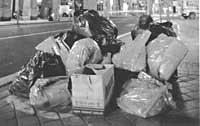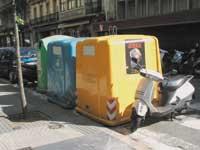What is in the trash bag?
2002/06/01 Carton Virto, Eider - Elhuyar Zientzia Iturria: Elhuyar aldizkaria
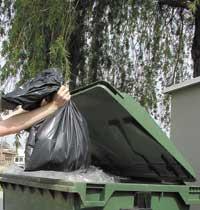
Each of us generates about a kilo of trash every day. Currently, with the help of selective collection, 20% is recycled, but still 80% is sent to landfill. The amount of waste generated by humans over the last century (and we only refer to domestic) has grown dramatically, with packaging undoubtedly being the major part of this growth. Imagine that half of this rubbish bag you just opened are packaging: all kinds of plastics, cans, paper and glass, waste of modern life.
Most plastics are single-use packaging and all kinds of packaging: Polymer bottles of PVC and PET, polyethylene bags, trays and protective boxes of white cork... Plastics occupy a large volume in landfills and need tens, hundreds or thousands of years for disposal. In addition, they can be a source of toxic compounds.
A few years ago PVC sparked great controversy by releasing highly toxic chlorine substances during burning or degradation. At that time the campaign against PVC launched by the environmental organization Greenpeace had a great impact, but toxicity is not the only problem of plastic waste, since they are not even easy to recycle. PVC, for example, is easily harmful in the recycling process. PET polymer (clear plastic bottles) is better for recycling, but should not be mixed with PVC bottles if you want to get a good quality recycled material. And don't forget that plastics are petroleum products. Plastic is easy to use and pull, but it is not generated or disappears so easily.
Tetrabriks also cause big problems. These containers, composed of thin layers of aluminum, cellulose and polymer, are widely used as soft drinks, juices, wine, sauces, milk, etc. packaging. They keep food well, weigh little and have the proper way to store and transport it, but once used it is so difficult to separate the layers of aluminum and plastic that they are hardly recyclable.
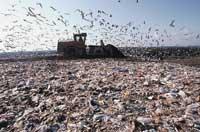
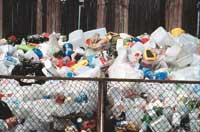
And cans! The consumption of cans is also enormous: iron, cans and especially aluminum. Cans are a dangerous waste, as they can be a source of heavy metals, but also in the manufacturing process they pollute a lot. For example, to obtain aluminum from bauxite ore, toxic inorganic waste is generated, a large amount of energy is consumed and fluorides are emitted. Waste is not generated only at the end of the production cycle. According to the United Nations Organization for the Economy, Cooperation and Development, for every ton of waste generated at the end of the cycle 5 tons are generated in the production process and another 20 in the extraction point of the raw material.
Glass, however, despite being an important component of the garbage bag, can be recycled over and over again without losing quality. Therefore, due to its corrosion resistance, the absence of additives and waterproofing, it is the most suitable material for the manufacture of packaging. Formerly glass containers were reused. At present, however, once they are used and recycled, and although they can be used 100%, energy is wasted in recycling.
Once all the containers have been removed, paper, cardboard and finally organic matter remain in the trash bag. The paper is recycled with some ease, but like plastic loses quality and always adds virgin cellulose. Food remains generally accumulate in the landfill and are underutilized. The methane generated in the rot of organic matter in some landfills is used as fuel and in others is used to make compost (fertilizer). But most are lost.
Little but dangerous Batteries, degreasers, disinfectants, detergents, desatascos, solvents, varnishes, glues, insecticides, medicines, aerosols... They all occupy a very small part of the garbage mass, but not the risk. For example, a single button battery can contaminate 600,000 liters of water with mercury. If these compounds reach the landfill and accumulate uncontrollably in it, it is quite possible that the surrounding or underground waters become contaminated and alive. Most cannot be recycled, but it is very important to collect and treat them separately. |
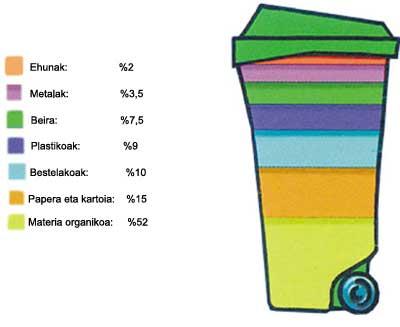

Gai honi buruzko eduki gehiago
Elhuyarrek garatutako teknologia





